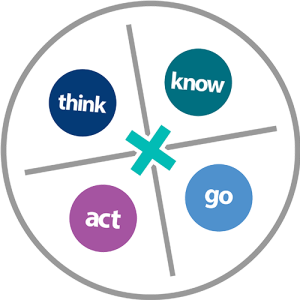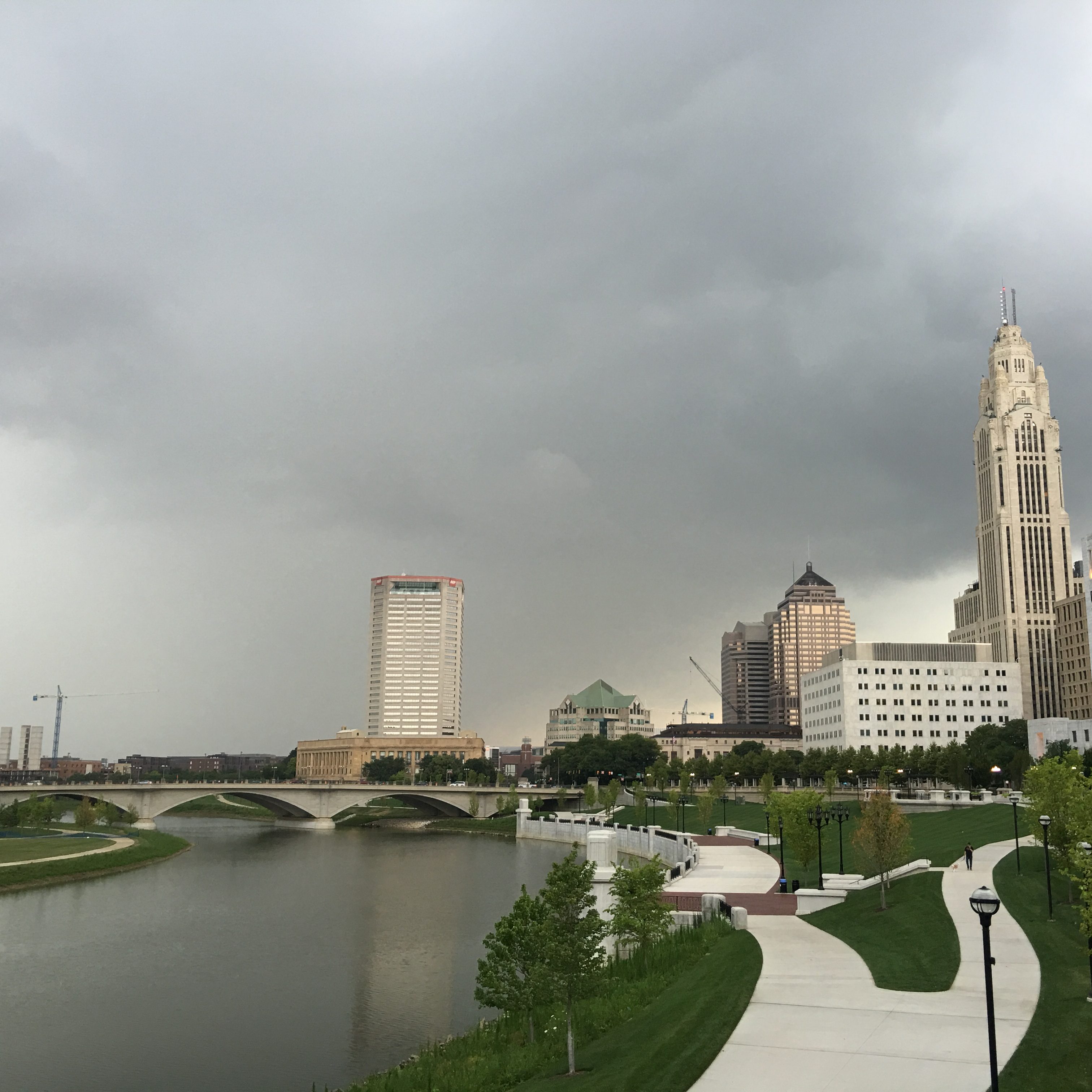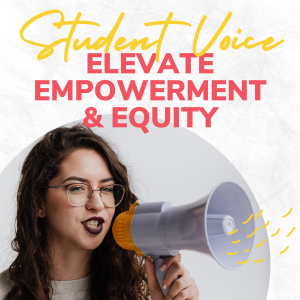[vc_row][vc_column][vc_column_text]Last week we were fortunate enough to visit, learn, and share with educators in Springfield and Dayton, Ohio. Despite lightning storms, weather delays, and over 40 hours of travel time to make our way there and back, we returned from the trip feeling energized and inspired by the commitment of the individuals we met.
[/vc_column_text][/vc_column][/vc_row][vc_row][vc_column][vc_column_text]
On Thursday we connected with folks from DECA and DECA PREP, partner charter schools in Dayton. DECA PREP is a K–6 school designed to immerse prospective first generation college students in a personalized, rigorous elementary curriculum to assure they will succeed in high school and college. DECA is a non-traditional charter high school singularly focused on preparing first-generation urban students for college. Together, DECA PREP and DECA provide students in Dayton with an opportunity to learn from passionate and engaged educators dedicated to ensuring student success. Michelle Liebhardt and I facilitated an all-day work session with DECA and DECA PREP as they mapped their schools’ current activities and programs to the Four Keys, looking for strengths and possible gaps in how they are preparing all students to THINK deeply about what they are doing, KNOW contextually why they learn, ACT purposefully to achieve their goals, and GO successfully through life’s transitions. We were extremely impressed by the camaraderie and collaborative spirit of individuals we worked with, and were inspired by their passion and dedication to their work.[/vc_column_text][dt_fancy_separator separator_style=”double” el_width=”80″][vc_column_text]On Friday, we met with Rick Butler of Springfield City School District and Greater Springfield CareerConnectED. We’ve been engaged with Springfield for many years through their use of our CampusReady diagnostic, and a few years ago we deepened our relationship by providing evaluation support for a number of grants, as well as supporting their work around noncognitive skills. In 2014 the district, in a coalition with three other school districts, won a Straight A grant to create the Greater Springfield CareerConnectED Center, which collaborates with industry, workforce agencies, higher education, and leading educational consultants to improve student learning through innovative, hands-on learning, and problem-based curriculum directly linked to high-demand careers. Part of this project involved renovating a historic high school in Springfield to create a community center. In this center students can hang out in an after-school space just for high school students; tinker and dabble in a middle school makerspace; learn about science, technology, engineering and math; learn about colleges in the College and Career Readiness suite; and use programs such as Naviance to research careers. Although we visited during a time when there weren’t any kids on site, it was easy to imagine how powerful and engaging of a learning space it must be for the entire community.[/vc_column_text][vc_row_inner][vc_column_inner width=”1/2″][vc_single_image image=”41074″ img_size=”medium” alignment=”center”][/vc_column_inner][vc_column_inner width=”1/2″][vc_single_image image=”41077″ img_size=”medium” alignment=”center”][/vc_column_inner][/vc_row_inner][/vc_column][/vc_row][vc_row][vc_column][vc_column_text]A recording studio in the high school makerspace actually reminded me of a similar studio that was created at Springfield High School in Oregon while Carmen Gelman was principal. Carmen found that giving students the opportunity to learn songwriting, basic music theory, digital audio engineering, beat production, and studio management increased their overall engagement in the school day. This connection between Springfield, OH and Springfield, OR was a positive reminder that every school can find ways to more deeply engage students’ interests in the learning process.[/vc_column_text][vc_column_text]As always when I visit schools, I am reminded that despite the challenges our education system faces as a whole, there are innovative practices happening every day in schools across the nation. By working together and sharing these practices, we can find ways to better prepare our students and create a system of success.[/vc_column_text][/vc_column][/vc_row]




